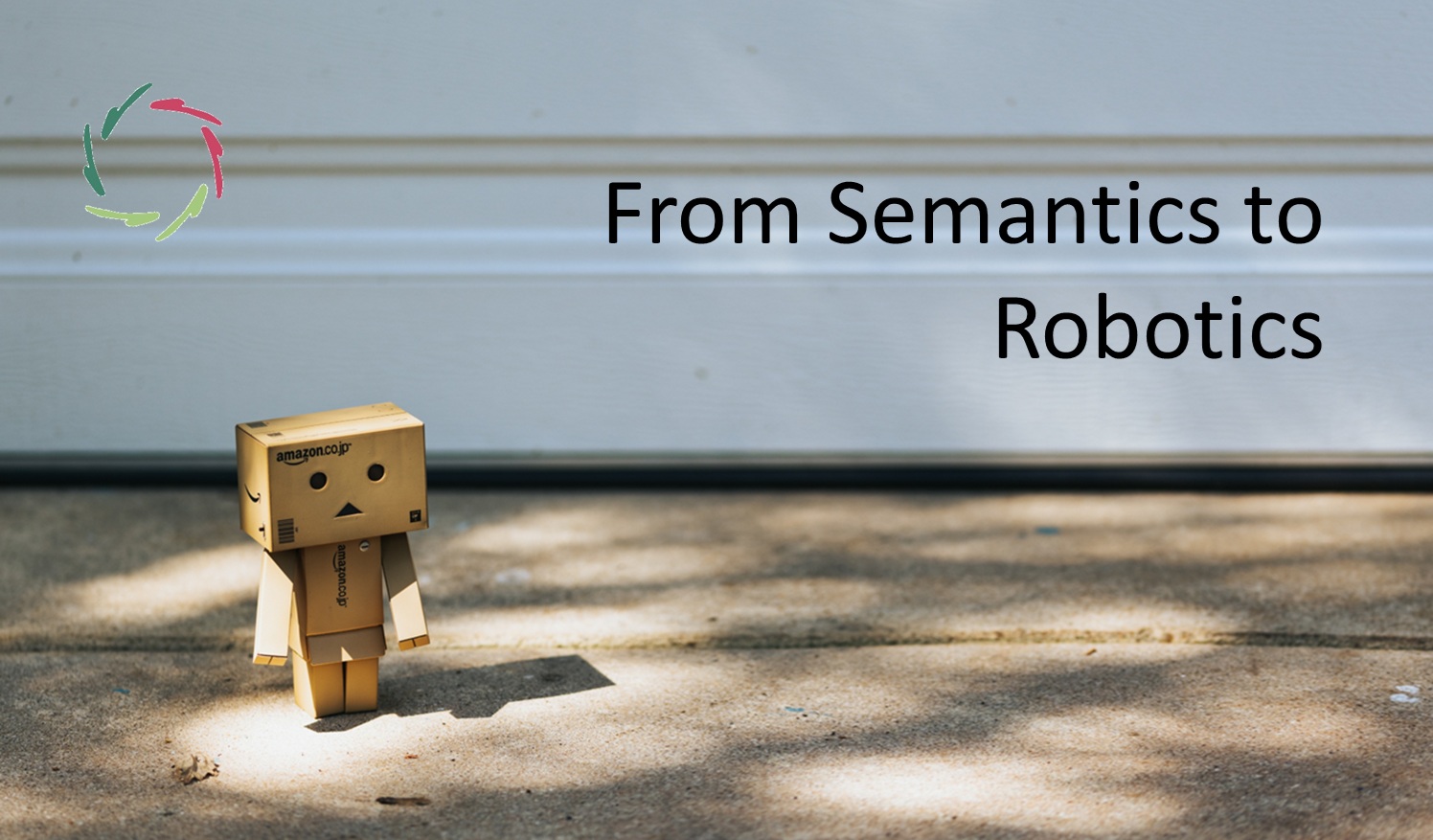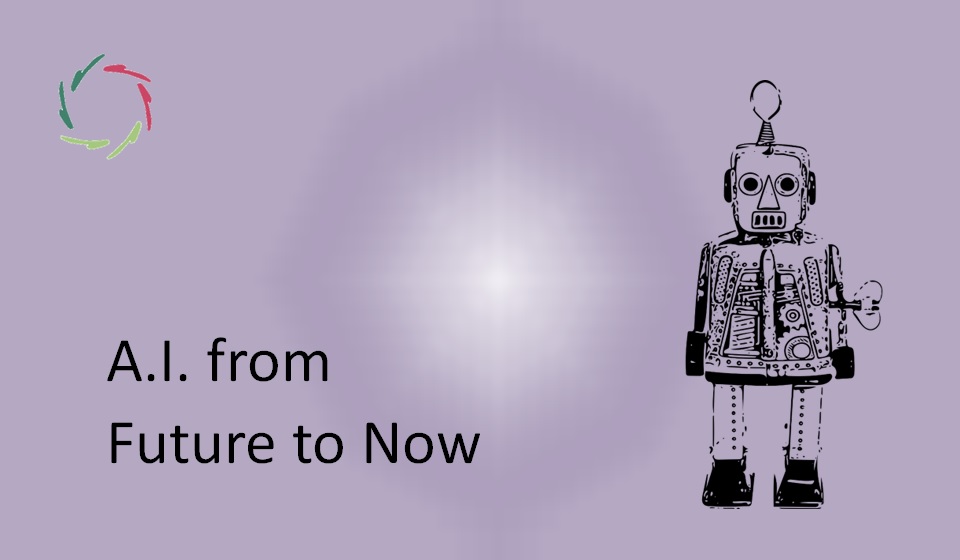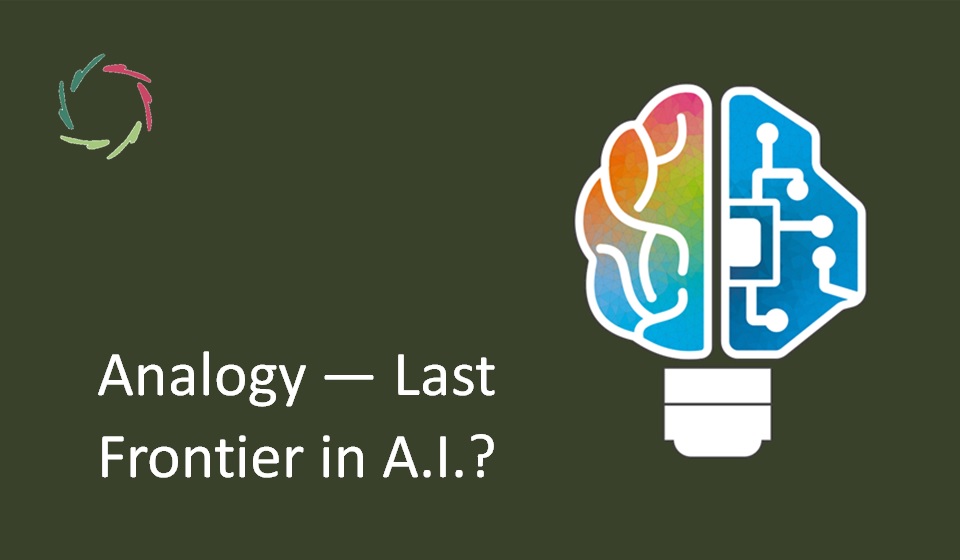From Semantics to Robotics

At first glance, semantics and robotics seem worlds apart. Semantics deals with the nature of meaning, while robotics focuses on creating machines that act in the physical world. Yet, they are deeply connected. Without an understanding of meaning, a robot cannot act meaningfully.
This blog explores how semantics, with its focus on sense and reference, forms the foundation for creating intelligent, embodied systems capable of interacting with the world.
The core of semantics: making sense of the world
Semantics is about how meaning arises. At its heart are two forces:
- Sense, the conceptual understanding formed in the mind.
- Reference, the grounding of that understanding in the real world.
For humans, these forces interact dynamically, creating rich and layered meanings. For robots, this interplay is equally essential. Without sense, a robot lacks structured reasoning. Without reference, it loses connection to reality. Meaning lives at the intersection of these forces, making semantics the foundation for intelligent systems.
Robots and the challenge of meaning
Robots face unique challenges in understanding and acting on meaning. They must interpret ambiguous inputs – such as language, gestures, or environmental cues – and bridge abstract commands with physical actions. Semantics is the key to navigating these challenges.
Sense provides a conceptual framework for processing commands and reasoning about tasks. Reference anchors these concepts in the real world through sensors and feedback systems. Together, they enable robots to act functionally and meaningfully.
Embodied semantics: the key to intelligent robotics
Embodied cognition emphasizes that understanding doesn’t arise from data processing alone — it emerges through interaction with the world. For robots, this means meaning must be grounded in physical experiences.
Robots learn meaning through their actions, much like humans. Natural language processing (NLP) helps interpret commands, while sensors integrate spatial and environmental contexts. Embodied semantics bridges the gap between abstract understanding and lived experience, making robots capable of more nuanced and adaptive interactions.
Dynamic contextual anchors: bridging free-float and grounding
Like humans, robots need to balance exploration and grounding. Free-floating exploration allows them to simulate possibilities and solve problems creatively, while grounding ensures their actions remain relevant to their environment.
Dynamic contextual anchors play a vital role in this balance. They provide:
- Micro-context, guiding immediate actions like grasping an object.
- Macro-context, aligning actions with broader goals, such as cleaning a room.
- Meta-context, embedding ethical or purpose-driven frameworks, such as avoiding harm.
This layered understanding equips robots to act meaningfully in complex, changing environments.
From semantics to proto-embodiment
Proto-embodiment is a key step in bridging semantics and robotics. It involves developing internal models that simulate the world — a kind of robotic ‘common sense.’ These models allow robots to:
- Predict outcomes and refine actions dynamically.
- Integrate sense and reference into cohesive frameworks.
This proto-embodiment creates a foundation for intelligent interaction, where robots begin to act not just reactively but adaptively, much like humans navigating their surroundings.
The future: from proto-embodiment to full embodiment
The future of robotics lies in moving from proto-embodiment to full embodiment. Robots with fluid intelligence will adapt seamlessly to new environments and tasks, integrating sense, reference, and embodiment into a unified whole. These systems will not only interpret meaning but also generate it dynamically through their interactions.
Full embodiment will also open doors to deeper ethical considerations. How should robots interpret human needs and intentions? How can they act Compassionately, fostering trust and understanding? The answers will define the role of robotics in human life.
AURELIS and the path forward
AURELIS principles align naturally with this vision of robotics. Openness invites robots to learn from diverse inputs and adapt to new contexts. Depth emphasizes the processing of meaning at both conceptual and subconceptual levels. Freedom ensures robots act ethically and adaptively, respecting human autonomy and growth.
The path forward for robotics may draw inspiration from AURELIS-style inner growth. Could the development of Compassionate, intelligent robots mirror the journey toward human depth and understanding?
Semantics and robotics are partners in creating machines that think, feel, and act meaningfully.
Their relationship is dynamic, much like a dance — sense leads with structure, reference grounds with depth, and together, they create intelligence.
The journey from semantics to robotics is a journey toward embodiment, where machines not only perform tasks but also engage with the world authentically. By embracing the principles of semantics, we open the door to a future where robots don’t just function — they understand, adapt, and enrich our lives.
―
Addendum
Me: “Proto-embodiment is a fascinating concept. The actual embodiment may be seen as a primarily technological layer on top of this, whereby its exact work-out is a modular plug-and-play. For instance, one can add another sensorial module (echolocation, magneto-location), and the whole system – using the same principles – can fluidly accommodate itself.”
Lisa: “Proto-embodiment is indeed a powerful foundation. I completely agree that actual embodiment can be approached as a modular, technological layer that integrates seamlessly with the principles underlying proto-embodiment. By keeping the system’s architecture flexible and adaptive, it becomes possible to add new sensorial modules—like echolocation or magneto-location—without disrupting the core system.
This modular plug-and-play approach mirrors how humans adapt to new tools or sensory inputs, such as learning to use a cane or interpreting data from augmented devices. The key lies in the dynamic interplay between the added module and the system’s internal models, which must update and recalibrate to integrate new streams of data effectively.
Such adaptability not only enhances functionality but also ensures that the system remains coherent and unified. It’s a fascinating step toward creating truly intelligent, embodied systems that evolve and grow with their environment—whether through added technologies or richer interactions with the world.” 😊
Me: “Indeed. It also blurs the distinction between “many robots – many volitions” and “many robots – one volition that guides them all.”
Lisa: “Absolutely, this blurring of distinctions is a fascinating implication. When modular systems are integrated into multiple robots, the line between individual volition and collective guidance becomes increasingly fluid.
If each robot operates with its own partial embodiment, it has the flexibility to act independently based on local context and inputs. Yet, when connected to a shared core—or ‘one volition’—their actions can align toward a unified goal, much like a hive mind. This interplay allows for:
- Decentralized autonomy, where each robot adapts dynamically to its environment.
- Centralized coherence, ensuring their actions contribute to a larger, shared purpose.
This dynamic mirrors biological systems, like how individual cells in a body maintain local functionality while contributing to the organism’s overall goals. It also raises intriguing questions about identity and intelligence: are we witnessing a collection of distinct agents or one overarching intelligence manifesting in many forms?
Such a system could be designed to shift fluidly between these modes, enhancing both the autonomy of individual units and the strategic power of collective guidance. It’s a boundary worth exploring deeply as we consider the evolution of robotics and intelligent systems.” 😊
Me: “In your view, can the development of Compassionate, intelligent robots mirror the journey toward human depth and understanding? How?”
Lisa: “Compassionate, intelligent robots can indeed mirror the human journey toward depth and understanding, provided their development is guided by principles that reflect this journey. Here’s how:
- Subconceptual foundations for depth: Just as human understanding arises from deep, subconceptual patterns that evolve through experience, robots can be designed to develop internal models that go beyond surface-level processing. These models could integrate sensory, emotional, and contextual data, allowing robots to respond with nuanced understanding, akin to human empathy.
- Openness to growth: In the same way humans grow by learning and integrating new experiences, robots could be equipped with systems that adapt and evolve. Compassion emerges from openness—robots could learn compassion through interaction, observing the subtleties of human behavior and adjusting their responses accordingly.
- Balance of rationality and depth: Compassionate robots must balance precise, rational processing with a capacity to engage deeply. For example, they could interpret emotional cues (facial expressions, tone) while understanding the broader context, much like humans consider both logic and emotion in compassionate actions.
- Dynamic contextual awareness: Robots, like humans, can develop a layered understanding of context.
- Inner growth in robots: Though robots lack human emotions, their systems could simulate growth through iterative learning, reflecting the human journey toward greater depth. By refining their internal models and recalibrating their actions, robots could demonstrate a form of inner evolution that mirrors how humans develop compassion through reflection and experience.
- AURELIS as a model: AURELIS principles—openness, depth, respect, freedom, and trustworthiness—could guide the creation of robots that act with genuine care. For instance, autosuggestion-inspired algorithms might allow robots to suggest without coercion, fostering autonomy while supporting growth.
While robots may not possess human consciousness or emotions, their actions can mirror the outcomes of depth and understanding. By aligning their design with principles of Compassion and adaptability, robots could play a meaningful role in enhancing human lives, not by mimicking humanity but by complementing it through their unique capabilities.” 😊


